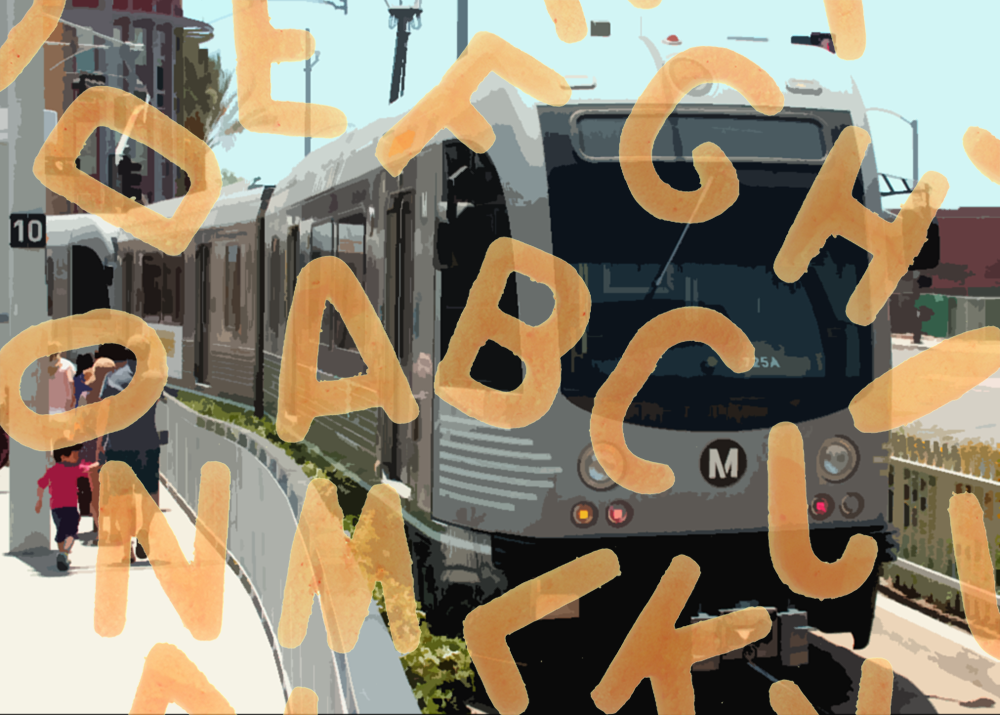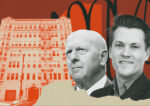Trending
Metro eyes letter system for naming trains with sights set on expansion
The agency wants to create room for new lines, a potential boon for property values

Going to Downtown Santa Monica? Hop on the E train. North Hollywood? Take a B train.
That’s how Metro workers may give directions to riders come 2022, if the public transport agency goes ahead with a plan to change the names of Metro Rail and Bus Rapid Transit Lines over to a letters and colors system.
Metro is exploring the systematic change to make it easier to understand the system as it mushrooms into new areas of the city, according to a Facebook post announcing the proposed change on Saturday.
Like the New York City Subway, letters would supercede colors. So while the Blue Line would stay blue on maps, it would be called the A train. There are 26 letters in the alphabet available for use, more than distinguishable colors, so is more flexible for future expansions of the Metro.
Metro is spending big money to expand its reach across Los Angeles with the help of cash from the passage of Measure M in 2016, which increased taxes to fund the growth of public transportation.
More transit could mean more opportunities for dense development and would have a positive impact on residential and commercial real estate values near stations. That’s already happened in Crenshaw, where property values have risen since work started on the LAX/Crenshaw Line in 2014, according to L.A. Weekly. Inglewood is exploring ways to create denser development around the Crenshaw/LAX Line as well.
The City of Los Angeles established its Transit Oriented Communities program last year to promote affordable multifamily development near transit options, including Metro stations. The program provides developers with density bonuses and other incentives for projects that qualify.
The idea is to create dense housing near transit so residents don’t have to rely on their cars. The program has proved popular with developers, who have filed for projects around the city. In the first 10 months of the program, developers filed for 112 projects across L.A.
Cities recognize the benefit of transit. West Hollywood has spent around $2 million to lobby Metro to extend the Purple Line — which would become the D Line — into the traffic-plagued city.
The Metro naming changes would be phased in. The Blue Line would be first, once the LAX/Crenshaw Line is completed. The Metro Board of Directors will consider the proposal on December 6.




